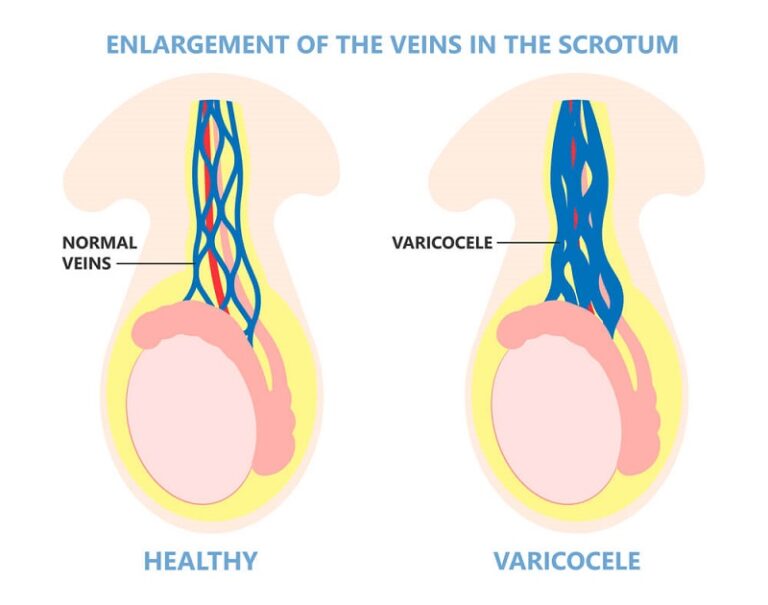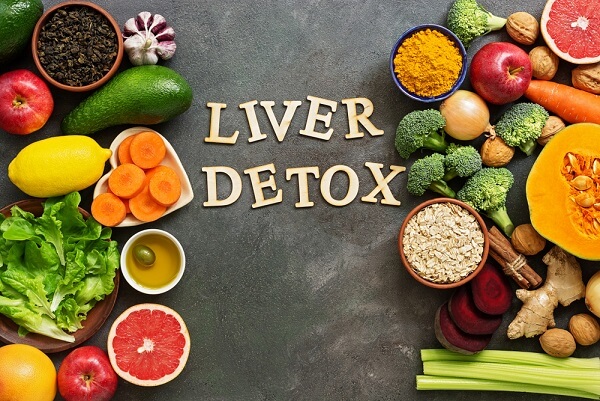Benefits of red meat and disadvantages are widely discussed these days. Meat has been a staple of the human diet from ancient times and is prevalent in many populations today. While the quantity and origin of meat consumed varies between nations and cultures, the majority of Western main meals feature a meat-containing dish to which vegetable accompaniments are added as a side dish. Red meat is a nutrient-dense food and a significant source of complete protein, which includes all essential amino acids, as well as highly accessible iron, zinc, selenium, and B vitamins, particularly vitamin B12.

benefits of red meat
- High in essential amino acids: Meat provides us with amino acids, having an ideal composition to promote protein synthesis for constructing and sustaining muscle because it is chemically similar to human skeletal muscle. For the maintenance of both physical function and metabolic health, support and maintenance of skeletal muscle mass is crucial.
While meat is a necessary source of amino acids, it also contains amino acids, metabolites produced from amino acids, and peptides with significant bioactive characteristics. Thus, it has been suggested that the amino acids taurine, creatine, hydroxyproline, carnosine, and anserine, which are all primarily supplied from meat, have significant physiological effects. - Rich in vitamins and minerals: Additionally, red meat provides us with vitamins and minerals. Iron, zinc, selenium and phosphorus are some the minerals found in meat. Zinc is difficult to get enough of in diets that don’t include many animal-based items. Despite the fact that iron is widely available in a number of diets, meat is the source with the best bioavailability.
Complex B vitamins can be found in meat in large amounts. In reality, the only naturally occurring sources of vitamin B12 that are not fermented are meat, fish, and other animal-derived foods (including dairy), and meat and meat products account for about 30% of all vitamin B12 consumed. Collectively, this emphasizes the necessity of thinking through the significant impacts on mineral and vitamin status that switching from a balanced omnivorous diet to a vegan one may have. - High volume in fatty acids: Meat is typically regarded as a primary source of saturated fat because red meat’s fat is made up of about 40% SFAs, 50% monounsaturated fatty acids, 5% trans fatty acids, and 4% polyunsaturated fatty acids. Although feeding techniques can result in a higher amount of unsaturated fatty acids in beef and pork, the quality of the meat frequently degrades as a result of the latter’s increased susceptibility to oxidation and lack of firmness.
how often should you eat red meat
Red meat is incredibly nutrient-dense and provides a number of important elements that are hard to get in the proper proportions from other dietary sources. Saturated fatty acids are found in meat, and according to the most recent WHO dietary recommendations, saturated fat intake should be kept at less than 10% of total caloric intake. Recent meta-analyses of observational and randomized controlled studies show no evidence of a link between saturated fat and either diabetes or heart disease. (1)
Despite small variations based on the species, food, and age of the animal, saturated fatty acids (SFAs) typically make up about half of the fat in meat, and meat accounts for roughly half of the maximum advised intake of SFAs. Since multiple sizable observational studies have linked a high intake of red and processed meat with an increased risk of cardiovascular disease, cancer, all-cause mortality, and type 2 diabetes, the high contribution of SFA has come under the spotlight. (2)

benefits of cutting out red meat
3 benefits of not eating red meat include:
- Reduce the risk of heart disease: The most significant decreases in the risk of heart disease have been seen when sources of saturated fat are replaced with sources of polyunsaturated fat, like fish, flax, and walnuts. Plant based diets are often high in sources of unsaturated fat and contain little to no meat.
- Improve gut health: According to certain studies, animal-derived lipids and proteins may encourage the development of less beneficial gut bacteria that affect metabolism and contribute to heart disease. (3)
- Reduce the risk of some cancers: A increased risk of colorectal cancer has been linked to consuming a lot of red and processed meats, including bacon, hot dogs, and other smoked or cured meats.
Which red meat is the healthiest?
Round, Sirloin or Loin
- Eye of round – 1.4 g saturated fat, 4 g total fat
- Sirloin tip side steak – 1.6 g saturated fat, 4.1 g total fat
- Top round roast and Steak – 1.6 g saturated fat, 4.6 g total fat
- Bottom round roast and steak – 1.7 g saturated fat, 4.9 g total fat
- Top sirloin steak – 1.9 g saturated fat, 4.9 g total fat
red meat Cuts to avoid
The fattier cuts of beef, such as T-bones, rib-eye, and New York strip steak, might cause harmful cholesterol levels to rise and increase your risk of cardiovascular disease.
Red Meat Substitutes
Red meat consumption reduction extends lifespan. According to the Harvard study, roughly 1 in 10 deaths may have been avoided by consuming less than half a serving of red meat each day. Another way to lengthen your life is to substitute healthier protein sources for red meat. There are six excellent options:
- Fish
- chicken and turkey
- nuts
- beans
- low-fat dairy products
- whole grains






